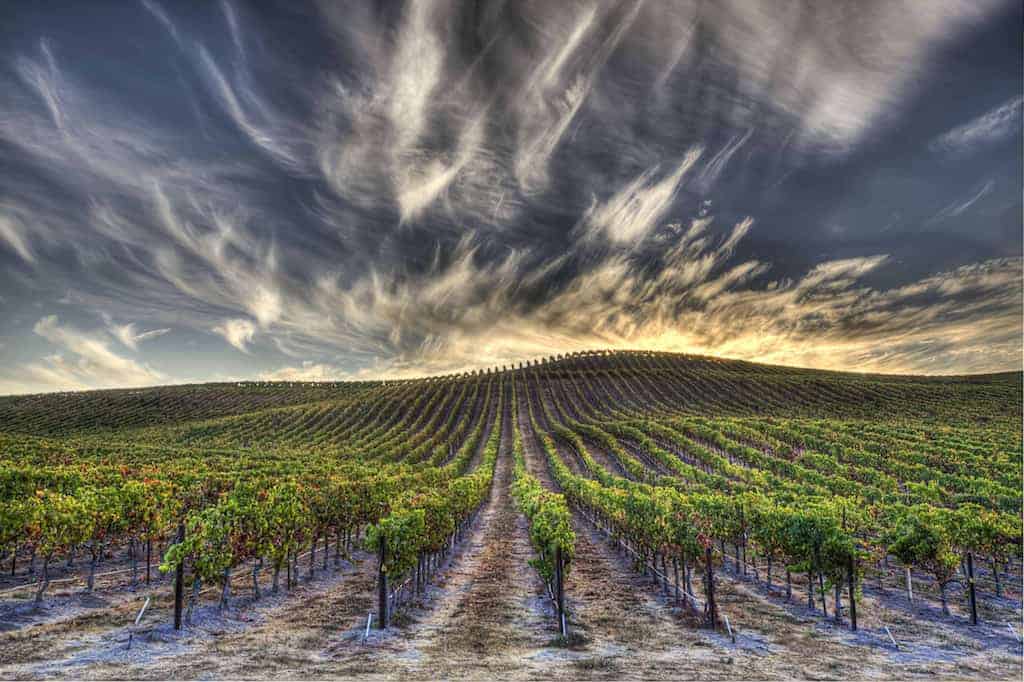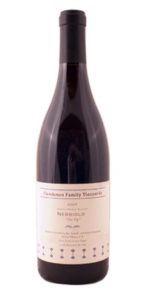Are Italian-style Grapes Better Suited to California Than Their Popular French Counterparts?
Italian varietals are gaining more and more recognition in California, and in some cases they’ve become a producer’s solo livelihood. However, while the presence of these varietals may seem strange to us, they are nothing new to Californian soils.
During the gold-rush period in the United States, California drew immigrants from not only the east coast, but from Europe as well, bringing with them their traditions and products.
Think about the big Californian wine pioneers: Gallo, Sebastiani… I think you get the idea. That being said, Italian varietals such as Tocai Friulano, Aglianico, and Vermentino have had a presence here in the past, but were practically phased out as the popularity of French varietals, such as Cabernet Sauvignon, Merlot, and Chardonnay came into fashion.
The more Italian varietals that are being planted and experimented with, the more we are realizing that the original ’49-ers may have been right in the long run, as many of these varietals are in fact better suited to California’s climate.
Growing a Little Bit of Italy in California
Steve Clifton (of Pinot & Chardonnay powerhouse Brewer-Clifton) started a side-project back in 1995 called ‘Palmina’, dedicated exclusively to Italian varietals. He is growing in Santa Barbara, the coolest of the wine-growing regions of Calfironia, as his philosophy is based on creating higher-acid, food-friendly wines. What he is not trying to do is reproduce the style of Italy, rather ensuring that what he makes still expresses the fact that it is from California.
Steve Matthiasson, who has made a few appearances on Legs & Lees previously, is also working with more obscure Italian varietals, and is even growing Schioppettino, basing his production on the big question of “how do we know what works, if we don’t try it?”
Another Santa Barbara native, Jim Clendenen, has been creating several wines based on Italian varietals over the past two decades, and was one of the only wine-makers willing to invest in Italian varietals in the early ’90’s. (Not to mention his pioneering the lighter, more balanced style of Pinot Noir in California – his true claim to fame).
California / Italian Wineries To Visit and Taste
Ready to give these wines a try? Here are a few of my recommendations:
Clendenen Family Vineyards, Nebbiolo, “The Pip”, Santa Maria Valley, 2008, $25 – Native to Piedmonte, Nebbiolo needs a bit of time (it is known for its gripping combination of high acid and high tannin), and in Barolo, it must be aged for a minimum of three years before it can even be released. Here, Mr. Clendenen is following a similar model, and holding his 2008 ‘Pip’ for release until he feels that it is ready. This resulted in four years in Hungarian oak, followed by another year in bottle. His interpretation shows ripe plum and floral notes of rose – think food here, everything from roasted meats to hamburgers on the barbecue.
Matthiasson, Refosco, Napa Valley, 2012, $45 – 100% Refosco dal Penduncula Rosso, a grape native to Friuli-Venezia Giulia region in the northeast of Italy, it creates wines that are deeply colored, high acid, full-bodied. Matthiasson’s example is unfined & unfiltered, and coming in at a cool 13.2% alcohol, this wine is ready for food: think almonds, pepper, and crushed dark berries.
Palmina Wines, Subida, Honea Vineyard, Santa Barbara County, 2010, $30 – One of the more interesting domestic whites I’ve tasted in quite some time, and especially given that it is made from Tocai Friulano. The grapes are foot-stomped (really, they are!), and the wine is fermented on the skins like a red wine would be. While the resulting wine is unfined and unfiltered (don’t be scared, it’s meant to be cloudy), the color is a rich, deep gold. Then there are the flavors… and oh, there are flavors: ripe fruits such as asian pear, apricot, lemon, with earthy and floral notes of honeysuckle, herbs, and hazelnut.

